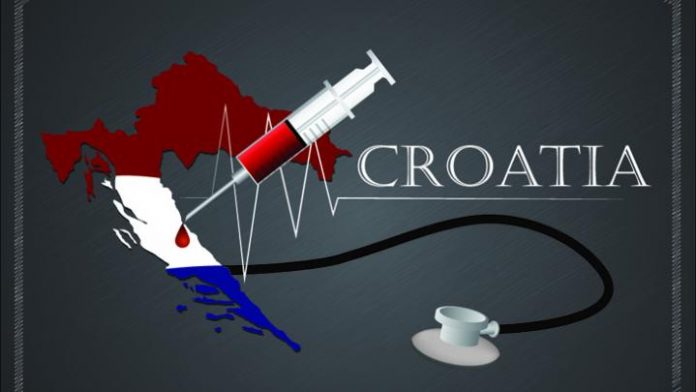The vast potential of Croatian health tourism as an answer to the problematic seasonality of Croatian tourism remains untapped. Croatia is still behind in developing and promoting health tourism in comparison to neighbours Slovenia or health tourism majors France, Switzerland and Austria. Health tourism is a niche that can solve the tourism seasonality problem.
The vast potential of Croatian health tourism as an answer to the problematic seasonality of Croatian tourism, has been talked about for a decade, with little being done to aid its development. This was the theme of a recent health tourism conference in Split, Croatia.
Croatia is still lagging behind in developing and promoting health tourism in comparison to neighbours Slovenia or health tourism majors France, Switzerland and Austria.
According to the Croatian Chamber of Commerce health tourism is a niche that can solve the seasonality problem, as two out of three tourism stays occur in July and August. Health tourism only accounts for 2% to 4% of overnight stays and is mostly in wellness hotels.
Health tourism is included in the 2015 Tourism Development Strategy as one of 3 key development areas. But it was in the 2011 action plan too, and little has happened.
Croatian health tourism is focused on thermal springs and thalassotherapy. Most facilities are owned and run by the national or local government who are reluctant to invest in health tourism. Croatia cannot use EU funds to expand and elevate their service to a world-class level because EU funds are reserved for private small and medium businesses only, as is the case with most competitors. So while health tourism services have improved in Croatia the country is falling behind competitors who are heavily investing in wellness facilities. Most competitors use private funding without EU help.
Croatia has 300 million euros in health tourism development money that is on hold and not being used. The Government claims that this is not for state owned facilities but for small private operators who seem unwilling to access the cash. The private sector argues that they have planned investments with feasibility studies on existing facilities and 15 new ones, but they have problems accessing the low cost loans that the 300 million euros is for.
The Health Tourism Association of Spa and Thermal Clinics is for the private sector and state owned ones but has no funds.
Private investors from other countries are interested in developing health tourism projects, but have to negotiate the many layers of local and national administrative bureaucracy.
The Ministry of Tourism is seeking to get all clinics and health resorts a categorisation for accommodation, but this is for hotels and not suitable for health tourism.
The conference concluded that there was potential but there was a long list of reasons for why it had achieved little and no real plans for change. The government may want the income from health tourism but cannot control they myriad local and national organisations that place barriers to development and work against each other rather than together.
Croatia has the potential but lacks organisation in health tourism. It has talked about the potential for decades and the latest health tourism plan merely suggested that decisions had to be made on direction and funding, and:
- Out of date laws and regulations have to be scrapped or amended.
- State owned facilities need massive investment to bring them up to date.
- Croatia has to decide whom it wants to attract and what it wants to promote.
- Funding for investment and promotion has to be made available.
- Local and national state bodies need to work together in the same direction as do the plethora of local and national health and tourism associations.
- What are the main goals for health tourism?
- International branding and promotion starts from zero, so direction is vital.
The real problem is that Croatia wants the income but is unable or unwilling to make the significant investment needed for state and private facilities, and to promote health tourism. Allied to this is the reluctance to move from state and private to partnerships between the two or even sell off state facilities to get private investment, or to cut the mass of red tape that stops any progress.
Even if the national government suddenly produces money and direction, it has to overcome the powerful local government that can delay or kill off projects with a never ending supply of barriers and objections-just because they can.
We may have to wait some time for Croatia to become a serious health tourism destination.








 ©2024 All rights reserved LaingBuisson
©2024 All rights reserved LaingBuisson 


